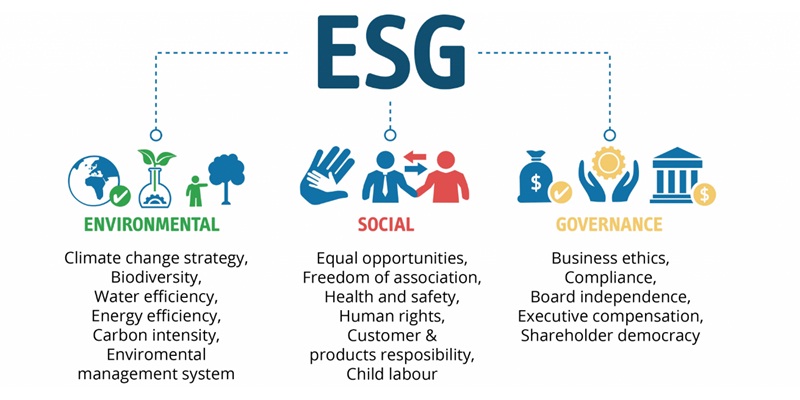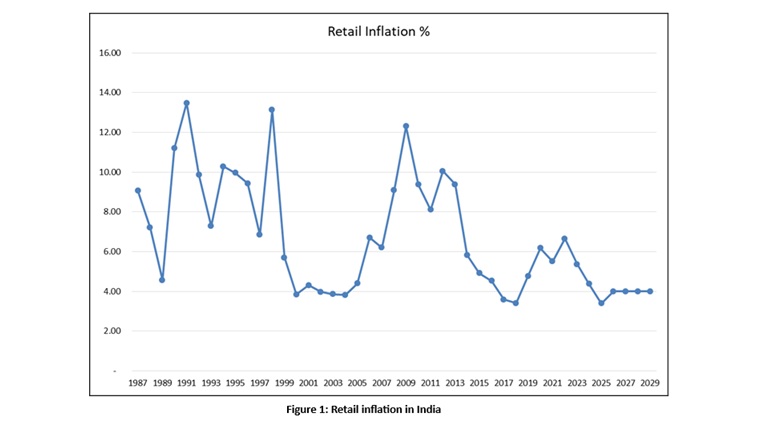Schedule a Call Back
Why was an E missed out from the ESG?
 Articles
Articles- Aug 16,23

Related Stories

The importance of project management to the Indian economy
Projects create assets, which are then used to produce goods and services, which then generate wealth. Time delays in projects not only lead to cost escalations, but also to delayed outputs, says R ..
Read more
The close link between infrastructure development and inflation in India
The improvements in the infrastructure sector due to higher capital spends by the Government of India (GoI) have helped in controlling the inflation, says R Jayaraman.
Read more
Futuristic developments in the manufacturing industry in India: R Jayaraman
Make in India, which kicked off when PM Modi took over, and which was an object of suspicion for some time, has now blossomed into a full blown, mini-industrial revolution, putting India firmly on t..
Read more













